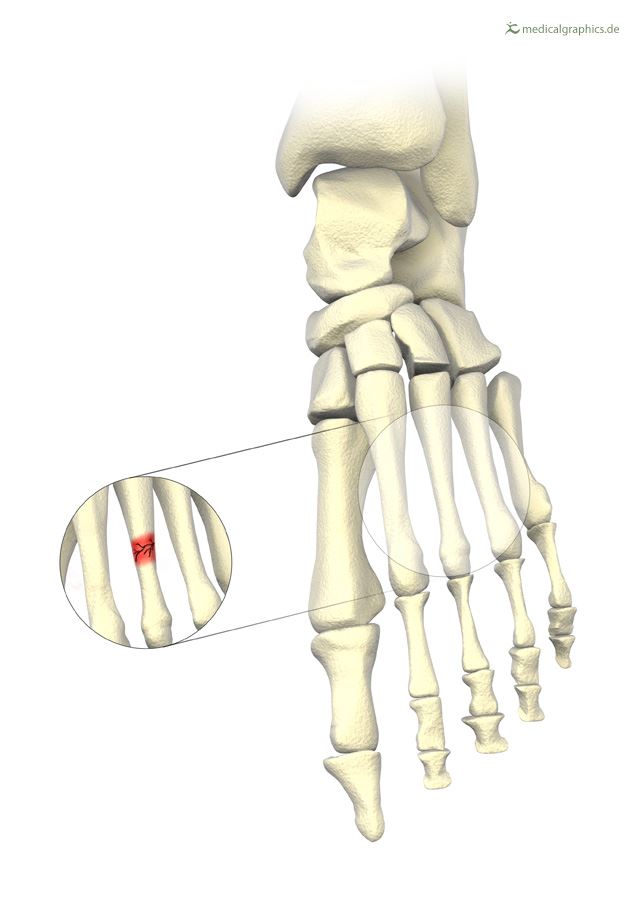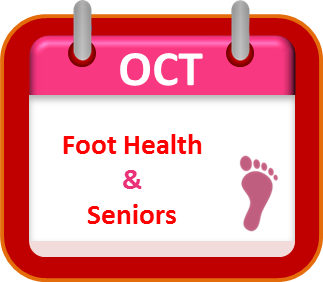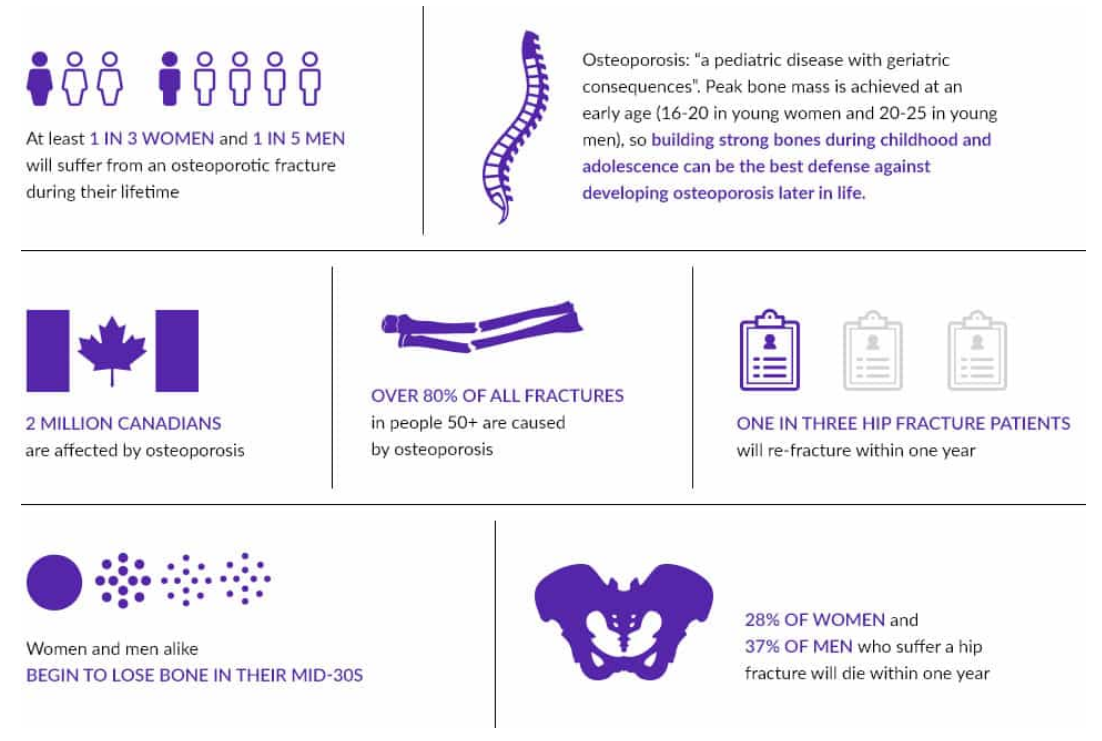|
Osteoporosis & the Feet
Risk Factors
Winter Is Coming! The combination of icy conditions with foot problems and some diseases such as osteoporosis can result in foot and ankle fractures. In seniors, the risk is particularly high due to the lack of strength in foot bones and the imbalance caused by other foot conditions. Fewer than 20% of fracture patients in Canada currently undergo diagnosis or adequate treatment for osteoporosis. Visit a Doctor of Podiatric Medicine Podiatrists are experts in foot care for the elderly. | Osteoporosis is a disease characterized by low bone mass and deterioration of bone tissue, which can lead to increased risk of fracture. Known as the “silent thief”, bone deterioration can occur over a number of years without presenting any symptoms. – Osteoporosis Canada.
Symptoms Foot fractures could be the first sign of osteoporosis. Georgeanne Botek, DPM, FACFAS, a Cleveland foot and ankle surgeon, explains that the porous nature of bones in people with osteoporosis makes them more susceptible to bone fractures, especially in the feet. Early symptoms can include increased pain while walking, swelling and redness. https://www.foothealthfacts.org/article/is-your-foot-fracture-an-early-sign-of-osteoporosi Foot fractures from osteoporosis can come in the form of stress fractures; tiny fractures that cause small cracks in your feet. A senior with osteoporosis can develop stress fractures just by walking or by wearing the wrong footwear. What to do? 
Podiatrists recommend paying lots of attention to changes in your feet, especially if they start hurting. Seniors with osteoporosis should protect their feet by wearing shoes that provide support, have cushioning, extra shock absorption and are slip resistant. Podiatrists might suggest the use of custom orthotics according to you particular condition or problem. Take your vitamins and calcium following your physician’s recommendation and visit your Doctor of Podiatric Medicine for advice, treatments and more information. How osteoporosis can affect the biomechanics of the feet. Fractures caused by osteoporosis are most commonly located in the hip. When the hip is compromised, joints and muscles change their motion, applying more pressure on the knees and ankles. Having more pressure on one knee and/or ankle will change the way a person walks affecting the biomechanics of the feet. This can cause foot pain and increases the chances of developing foot conditions such as bunions, plantar fasciitis, flat feet. It is highly recommended for people with osteoporosis to visit a Podiatrist to evaluate the biomechanics of the feet and to get the best treatment to avoid further complications. |






